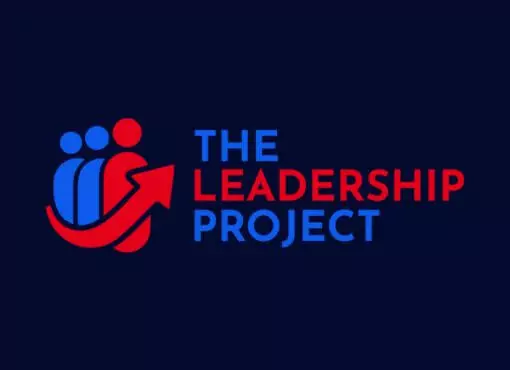
Barbara Turley is the CEO and Founder of The Virtual Hub, a digital first virtual assistant company. Despite having more experience as an individual contributor than leading teams, her strong sense of self-leadership and process efficiency helped shape her ability to lead teams effectively as she leads a 350-strong workforce of offshore virtual assistants.
In this episode, Barbara shares about how they were able to increase retention rate by engaging all her employees to provide solutions. She also shares the importance of collaboration and ideation when leading remote teams, as well as maximizing digital platforms to align the entire organization towards common goals, thereby reducing miscommunication and increasing accuracy of output.
Key Points in the Conversation with Mick Spiers of The Leadership Project Podcast:
- Barbara Turley’s Leadership Background
- How Barbara Turley addresses challenges in leadership and manages her business problems
- The importance of asking the whys and why not when confronted with challenges in your business
- How to know what the people in your team want
- Barbara talks about one of The Virtual Hub’s core values which is ‘We find SOLUTIONS until solutions find us
- How to get your team to ace your expectations
- How to delegate effectively
- How to help people who have grown up in an industry reliant on meetings and traditional updates to transition into a more digital approach
- Optimising your platforms, processes, and people
- How to get success working with a VA in a different time zone
Key Takeaways:
“I think to be a great leader, you have to first have the ability to be able to look in the mirror at yourself and to see your own areas for improvement, let's call it, or areas that might not be serving you well and then to have the ability to say, ‘What am I now going to do?’, so that I get where I want to go”
“When we're asking somebody to do something for us, it's okay to expand out, you know, start with what the objective is of what you're trying to achieve. Then some ideas that you have around how this might look so that you don't have misalignment of kind of expectations or solutions. Tell them vaguely what you think success might look like for you, and maybe a good idea what failure might look like, because that's handy too for the person. And you're giving people some parameters around what you want”
